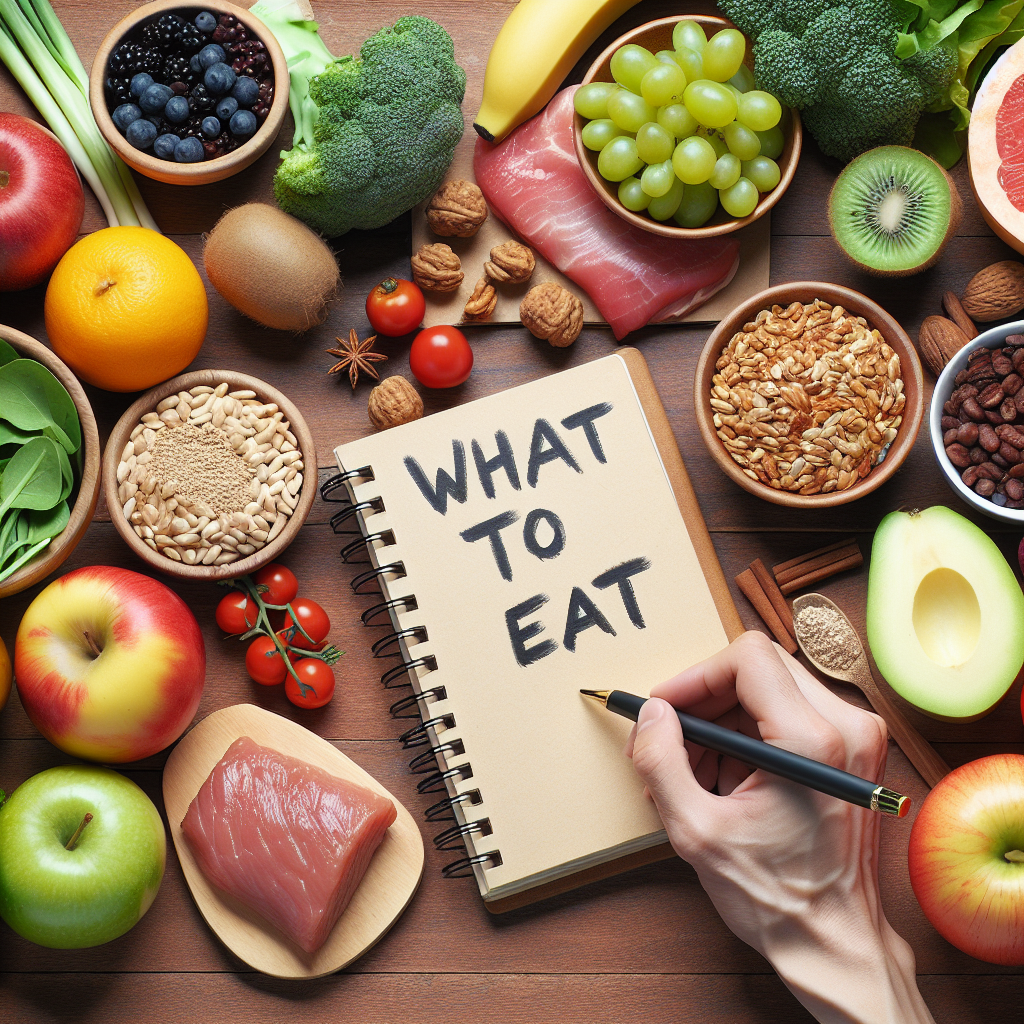How to Know What to Eat to Maintain a Healthy Diet?
To maintain a healthy eating regimen, it is essential to know what nutrients we need and what foods provide them to us. We need perfect alignment of our diets with our health and wellness needs. Knowing what we eat and making conscious dietary choices is vital to thriving on a healthy regimen.
A wide variety of foods is required for a healthy eating regimen. A varied diet ensures us a diverse range of essential nutrients. Covering all food groups – proteins, carbohydrates, fats, vitamins and minerals.
Proteins
Proteins are vital for body repair, growth and future development. Foods such as fish, lean meats, eggs, and legumes such as beans and lentils are excellent sources of protein.
Carbohydrates
Carbohydrates provide us with the energy necessary to carry out our daily activities. Foods that are high in carbohydrates include whole-grain breads, pastas, rice and cereals, especially those that are high in fiber.
Fats
While often seen as the enemy, fats in their healthiest form are essential to a healthy eating regimen. This includes monounsaturated and polyunsaturated fats found in foods such as fatty fish, avocados and nuts.
Vitamins and minerals
Fruits, vegetables and dairy products are excellent sources of vitamins and minerals. These nutrients are essential for maintaining different bodily functions, such as immunity and bone health.
Healthy and Easy Recipes: What to Eat for Dinner?
Finding healthy, easy recipes can be key to maintaining a balanced lifestyle, especially when it comes to our last meal of the day: dinner. What we eat at night can have a big impact on our health and well-being, so choosing dishes that are low in fat and high in nutrients is critical.
However, the myth that eating healthy is boring or time-consuming is commonly accepted. But the reality is that there are many tasty and quick-to-prepare dishes that you can enjoy at night. In fact, many healthy recipes allow you to experiment with a variety of fresh, flavorful ingredients, resulting in dinners that are far from monotonous.
When you start planning what to eat for dinner, it’s important to keep nutritional balance in mind. This means making sure your plate has a good mix of proteins, carbohydrates and healthy fats. Plus, healthy dinner recipes don’t necessarily have to be complicated or time-consuming. There are several options that are easy to prepare and incredibly tasty.
Whether you’re looking for a vegetarian, gluten-free option, or simply looking to reduce your calorie intake, there are always healthy and easy dinner recipe options. With a little creativity and the right ingredients, dinner can be a delicious, nutritious meal that doesn’t have to take a lot of time in the kitchen.
What to Eat Before and After Exercise?
Nutrition is a fundamental part of physical performance, especially when it comes to exercising. For this reason, knowing what to eat before and after exercise can make a difference in our results.
What to eat before exercise?
Before a workout, our body needs energy and nutrients to allow our muscles to perform at their best. Foods rich in complex carbohydrates such as oats, whole wheat bread, fruits and brown rice are excellent options as they provide a gradual release of energy.
What to eat after exercise?
After exercise, it is crucial to replenish glycogen stores and help regenerate muscle tissue. My recommendation is to consume a combination of proteins and carbohydrates. Proteins can come from sources such as chicken, fish, eggs, or dairy products, and carbohydrates can be rice, sweet potatoes, fruits, among others.
Remember…
In addition to what to eat before and after exercise, hydration also plays an important role, so don’t forget to drink water or hydrate with sports drinks during and after exercise.
How to Educate the Palate to Eat Healthily?
Educating the palate for healthy eating is not an easy task, but it is definitely possible with patience and constant practice. Firstly, it is vital to understand that our preference for certain flavors was created by years of constant exposure to those foods. Therefore, it would take a similar period to get rid of those unhealthy preferences and acquire healthier tastes.
Understand your current preferences
The first step in educating your palate is to understand your current flavor preferences. Are you a person who leans towards sweet or savory? Do you prefer crunchy or soft foods? Evaluate your usual diet and determine what things you need to change. This will give you a good foundation on which to build your palate education program.
Introduce gradual changes to your diet
The diet change should be gradual to give your palate enough time to adapt to the new flavors. An effective approach may be to start by replacing an unhealthy food in your diet with a healthier alternative. For example, if you usually eat chocolate cookies for a snack, you can try swapping them for a sweet fruit like a banana or an apple.
Experiment with spices and herbs
Spices and herbs are a great way to add flavor to foods without the need for salt or sugar. Cinnamon, for example, can add sweetness to foods without the sugar rush. Other herbs, such as rosemary and thyme, can improve the flavor of vegetables and lean meats. Experiment with different combinations until you find the ones that satisfy your palate.
